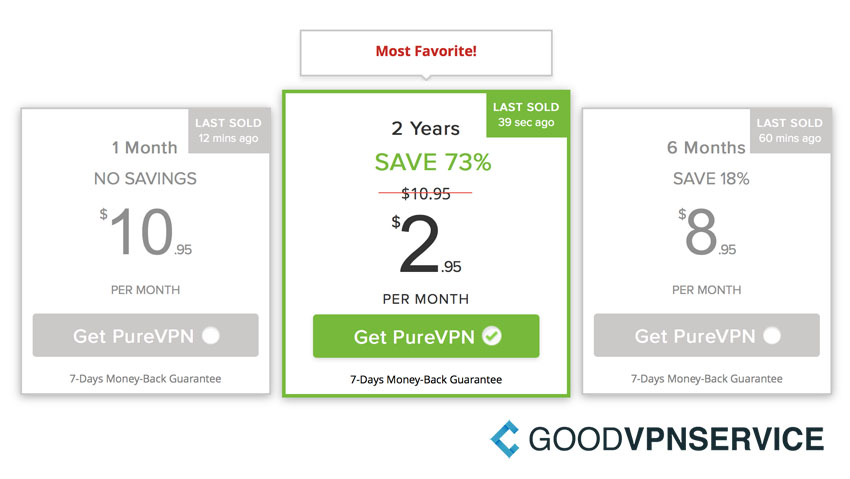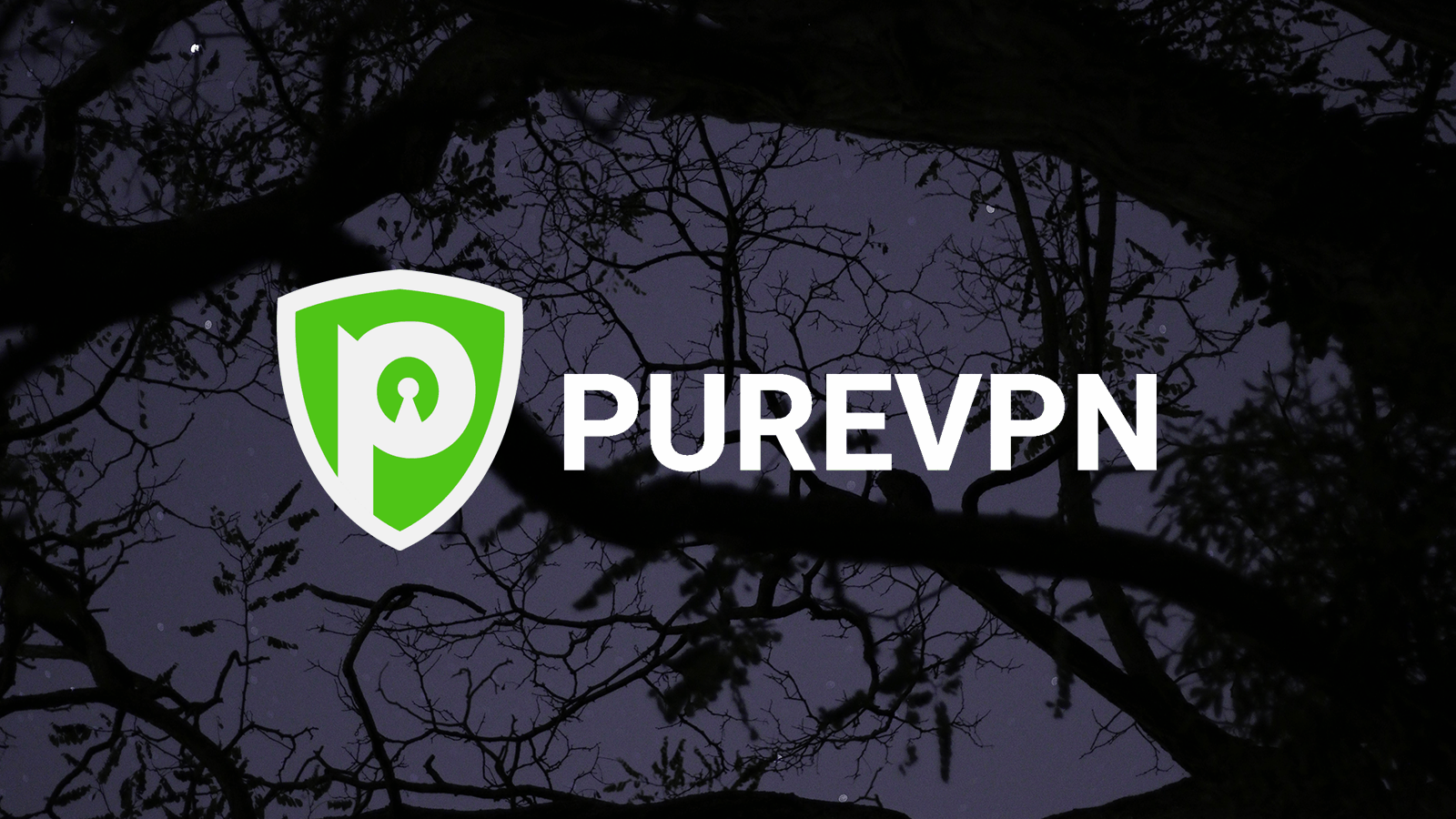

VPNs exist to help people stay hidden while online, yet the company helped the FBI track down a user in 2017. Security and privacy are where you run into some issues with PureVPN. It’s less than two bucks per month that way, which is a bargain. Even better value is the two-year plan, which costs $53.95, and then throws in an extra three months. The one-year plan is pretty good at $38.95, definitely making PureVPN one of the cheapest VPNs to sign up for. Mullvad is an interesting exception as it charges the same per month regardless of how long you sign up for, but it’s one of the very few to do so. As with all VPNs, going month-to-month is a waste of money as it’s just way too expensive. RELATED: Surfshark VPN Review: Blood in the Water?Ĭurrently, you can sign up to PureVPN for either one month, one year, or two years-at first, anyway. Like in our Surfshark review, you want to read the fine print before signing up for PureVPN. Sadly, its pricing is typical of the industry, offering discounts for first-time customers but higher prices for returning ones. When advertising as the best VPN that money can buy, pricing is going to be a big part of any discussion of PureVPN’s merits.
#Purevpn price how to
RELATED: How to Use a VPN for Netflix Pricing There are far better VPNs for Netflix out there. Besides speed issues-more on that later-more than once I was stuck playing the server switch game while using PureVPN. If streaming is your top priority, though, you may want to find another provider. That’s a decent result considering how Netflix has stepped up its VPN detection efforts, and it’s not like PureVPN expressly advertises as an unblocker. Like most budget VPNs, it got through some of the time-let’s say about half. Of course, for many, all this doesn’t matter much if PureVPN can do one very important thing: help you get through to Netflix. You never know when the PureVPN client will work, which made for a mediocre user experience. What it does is explained well in the menu, but it’s still a bit silly to rename a function like that. This carries over into other areas: for example, nowhere in the settings is the kill switch called “kill switch.” Instead, PureVPN calls it an “IKS,” which I assume is short for “internet kill switch,” an acronym I’ve never before seen and doubt I ever will again. The pictograms give you a pretty good idea of what they do, but it’s still weird to mouse over a button and not see a small tooltip. For example, there are no tooltips for the buttons on the side of the screen. It does the job, but compared to top-flight competitors like ExpressVPN and NordVPN, it feels very sparse.Īlso, using the client feels like PureVPN expects you to know how to use it intuitively, but doesn’t give you the tools to do so.

For example, the desktop client is extremely bare bones and hearkens back a decade or so, when VPNs hadn’t hit the mainstream yet. However, extra features and creature comforts can be a little lacking. PureVPN succeeds at this basic test: as far as I can tell, it’s safe to use and successfully spoofs your location.

A virtual private network (VPN) serves two purposes: to make you appear like you’re somewhere you’re not and to secure your connection while doing so.


 0 kommentar(er)
0 kommentar(er)
